- Brachychiton Care: Tips and Recommendations
- Light Requirements
- Soil Conditions
- Watering
- Fertilization
- Pruning
- Pest and Disease Control
- Winter Protection
- Propagation
- Brachychiton: Beautiful Photos and Varieties
- Photos of Brachychiton
- Varieties of Brachychiton
- Brachychiton Species: Diversity and Classification
- Australe
- Discocalyx
- Kurraeon
- Lysiphyllum
- Macropus
- Populneas
- Rhodognaphalon
- Brachychiton Propagation: Methods and Techniques
- 1. Seed Propagation:
- 2. Stem Cuttings:
- 3. Grafting:
- Brachychiton: Ideal Growing Conditions
- Climate
- Sunlight
- Soil
- Watering
- Fertilizer
- Pruning
- Brachychiton: Common Pests and Diseases
- Pests
- Diseases
- Brachychiton: Frequently Asked Questions
- 1. What is Brachychiton?
- 2. How do I care for Brachychiton?
- 3. What are some popular species of Brachychiton?
- 4. Can Brachychiton be grown in containers?
- 5. How long does it take for Brachychiton to flower?
- 6. Are Brachychiton trees drought-tolerant?
- 7. Can Brachychiton trees tolerate frost?
- 8. How do I propagate Brachychiton?
- 9. Are Brachychiton trees invasive?
- 10. Can Brachychiton be pruned into hedge shapes?
- Q&A:
- What is Brachychiton?
- How do I care for a Brachychiton plant?
- What are the different species of Brachychiton?
- Can I grow Brachychiton in a container?
- Are Brachychiton plants evergreen?
- How tall can a Brachychiton tree grow?
- Can I propagate Brachychiton from cuttings?
- Video: Little Kurrajong Tree – Brachychiton bidwilli Plant Australia
Brachychiton, commonly known as the bottle tree or kurrajong, is a genus of large trees native to Australia. These trees are renowned for their distinctive bottle-shaped trunks, which store water during dry periods. They belong to the family Malvaceae and are closely related to the baobab tree.
There are about 30 species of Brachychiton, each with its unique characteristics and requirements. Some popular species include Brachychiton populneus, commonly known as the kurrajong, and Brachychiton acerifolius, known as the Illawarra flame tree. These trees display stunning flowers in various colors, adding beauty to any landscape.
To successfully care for Brachychiton, it’s important to choose the right location and provide proper soil conditions. These trees thrive in full sun and well-drained soil. They are also tolerant of drought once established. Regular watering, especially during the early stages of growth, can help ensure healthy development.
Brachychiton trees can be propagated from seeds or cuttings. However, they are relatively slow-growing, requiring patience and dedication. Pruning may be necessary to maintain their shape and remove any dead or damaged branches. It’s advised to consult with a professional arborist for proper pruning techniques.
“The beauty of Brachychiton trees is not only in their unique appearance but also in their ability to adapt and thrive in challenging conditions. With proper care and attention, these trees can become the focal point of any garden or landscape.”
Whether you’re a seasoned gardener or just starting out, learning about Brachychiton trees and their care requirements can enhance your gardening knowledge and help you create a beautiful outdoor space. Browse through photos of different Brachychiton species and discover the stunning diversity of these Australian trees.
Brachychiton Care: Tips and Recommendations
The Brachychiton, also known as the bottle tree or kurrajong tree, is a popular choice for a tropical or subtropical garden. Here are some tips and recommendations for caring for your Brachychiton:
Light Requirements
Brachychiton trees thrive in full sun, so choose a location in your garden that receives at least six hours of direct sunlight each day.
Soil Conditions
Brachychiton trees prefer well-draining soil that is rich in organic matter. They can tolerate a range of soil types but perform best in slightly acidic to neutral soil with a pH around 6.0 to 7.5.
Watering
While Brachychiton trees are drought-tolerant once established, they still require regular watering during the first few years of growth. Water deeply and infrequently, allowing the top few inches of soil to dry out between waterings.
Fertilization
Fertilize your Brachychiton tree once a year in the spring with a balanced fertilizer. Follow the manufacturer’s instructions for application rates. Avoid over-fertilizing, as this can lead to excessive foliage growth at the expense of flowering.
Pruning
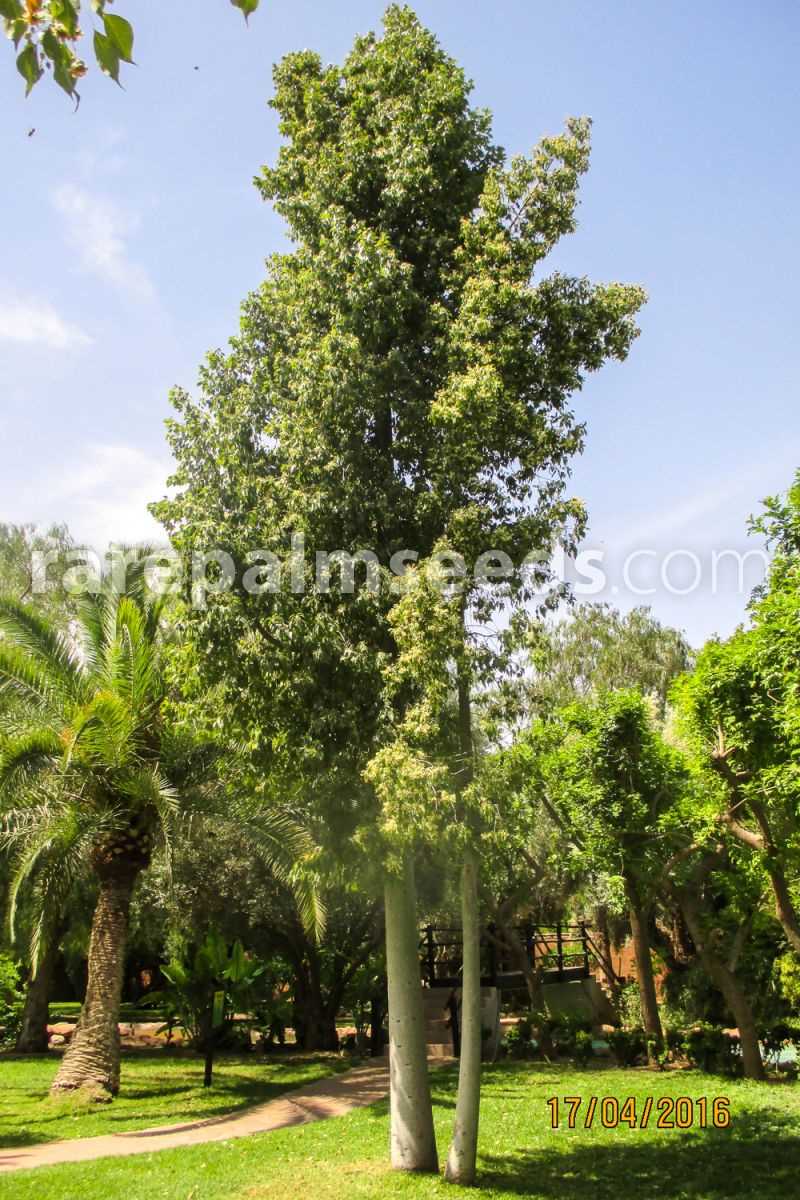
Brachychiton trees generally require minimal pruning, but you can remove any dead or damaged branches in the late winter or early spring. Pruning is also necessary to maintain the desired shape and size of the tree.
Pest and Disease Control
Brachychiton trees are generally pest and disease resistant. However, they may occasionally suffer from aphid infestations or root rot if overwatered. Monitor your tree regularly and take appropriate action if any issues arise.
Winter Protection
In colder regions, Brachychiton trees may require winter protection. Mulch around the base of the tree to insulate the roots and wrap the trunk with burlap or fleece to protect it from frost damage.
Propagation
Brachychiton trees can be propagated from seeds or cuttings. Seeds should be collected from mature pods and soaked in warm water for 24 hours before planting. Cuttings can be taken from semi-hardwood branches in late summer or early fall.
By following these care tips and recommendations, you can ensure the health and beauty of your Brachychiton tree and enjoy its stunning flowers and unique bottle-like trunk for years to come.
Brachychiton: Beautiful Photos and Varieties
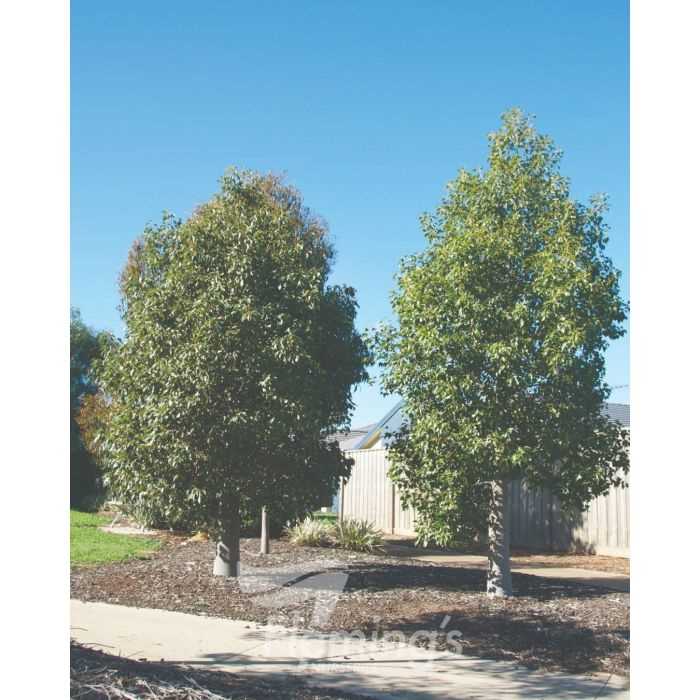
The Brachychiton, also known as the Flame Tree or Bottle Tree, is a stunningly beautiful tree that is native to Australia. With its vibrant flowers and unique bottle-shaped trunk, the Brachychiton is a popular choice for landscaping. In this article, we will explore some amazing photos and different varieties of the Brachychiton.
Photos of Brachychiton
These photos showcase the stunning beauty of the Brachychiton, with its fiery red, orange, or yellow flowers that cover the tree during blooming season. The tree’s bottle-shaped trunk is also a notable feature that adds to its unique charm.
Varieties of Brachychiton
| Variety | Common Name | Photo |
|---|---|---|
| Brachychiton acerifolius | Flame Tree |  |
| Brachychiton discolor | Lacebark Kurrajong |  |
| Brachychiton rupestris | Bottle Tree |  |
There are several varieties of the Brachychiton, each with its own unique characteristics. The Flame Tree, also known as Brachychiton acerifolius, is one of the most popular varieties due to its vibrant red flowers. The Lacebark Kurrajong, or Brachychiton discolor, stands out with its stunning pink or white flowers and attractive bark. The Bottle Tree, or Brachychiton rupestris, gets its name from its bottle-shaped trunk and produces lovely yellow or red flowers.
If you’re looking to add a touch of beauty and uniqueness to your landscape, consider planting a Brachychiton tree. With its stunning flowers and distinctive trunk, it is sure to be a standout feature in any garden.
Brachychiton Species: Diversity and Classification
Brachychiton is a genus of trees and shrubs native to Australia and New Guinea. There are approximately 31 recognized species within the Brachychiton genus, each displaying unique characteristics and adaptations. These diverse species are classified into several sections, including Australe, Discocalyx, Kuraeon, Lysiphyllum, Macropus, Populneas, and Rhodognaphalon.
Australe
The Australe section of the Brachychiton genus includes the most well-known species, such as Brachychiton acerifolius (Flame Tree) and Brachychiton discolor (Lacebark Tree). These species are known for their vibrant flowers and attractive foliage.
Discocalyx
The Discocalyx section consists of species like Brachychiton gregorii (Desert Kurrajong) and Brachychiton bidwillii (Little Kurrajong). These species are adapted to arid environments and have unique trunk shapes and growth habits.
Kurraeon
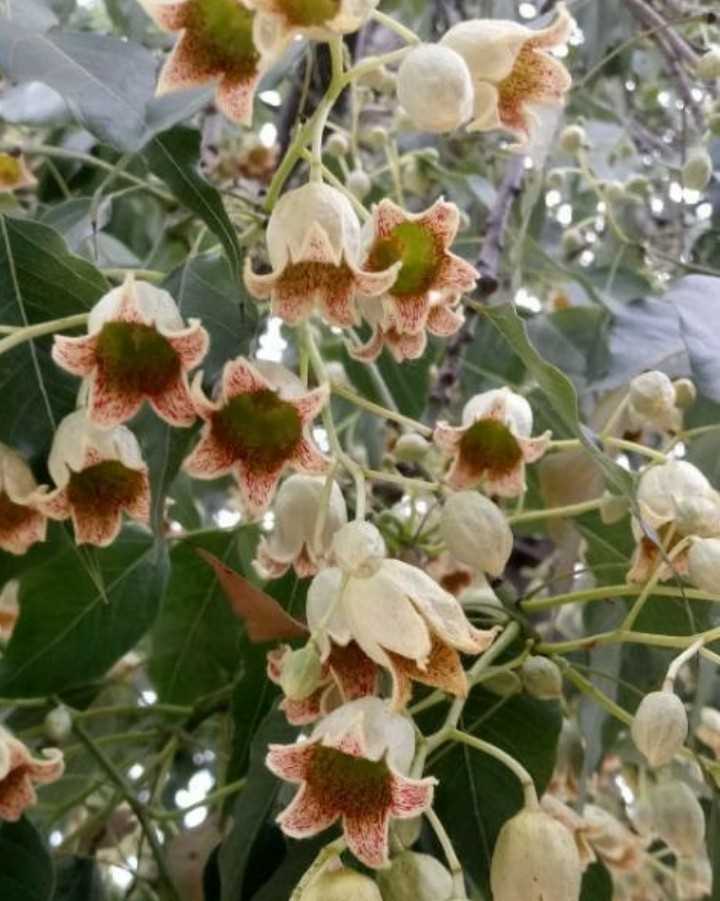
The Kurraeon section is represented by Brachychiton diversifolius (Northern Kurrajong). This species is known for its dense, rounded canopy and large, heart-shaped leaves.
Lysiphyllum
Brachychiton rupestris (Queensland Bottle Tree) is the sole representative of the Lysiphyllum section. It is characterized by its bottle-shaped trunk, which stores water during dry periods.
Macropus
The Macropus section includes the iconic Brachychiton rupestris (Queensland Bottle Tree), known for its unique, swollen trunk and highly distinctive appearance.
Populneas
The Populneas section comprises species like Brachychiton populneus (Kurrajong), which is widely planted as an ornamental tree due to its attractive flowers and foliage.
Rhodognaphalon
The Rhodognaphalon section is represented by a single species, Brachychiton australis (Broad-leaved Bottle Tree). It is easily identifiable by its large, broad leaves and swollen trunk.
Each Brachychiton species has its own unique characteristics and growth requirements, making them fascinating additions to any garden or landscape. Whether it’s the flamboyant flowers of the Flame Tree or the distinctive trunk of the Queensland Bottle Tree, Brachychiton species offer a diverse range of shapes, colors, and textures for horticultural enthusiasts to explore.
| Section | Species |
|---|---|
| Australe | Brachychiton acerifolius, Brachychiton discolor |
| Discocalyx | Brachychiton gregorii, Brachychiton bidwillii |
| Kurraeon | Brachychiton diversifolius |
| Lysiphyllum | Brachychiton rupestris |
| Macropus | Brachychiton rupestris |
| Populneas | Brachychiton populneus |
| Rhodognaphalon | Brachychiton australis |
Brachychiton Propagation: Methods and Techniques
Brachychiton can be propagated through various methods to propagate new plants. Here are some common techniques:
1. Seed Propagation:
One of the easiest ways to propagate Brachychiton is through seed propagation. Here is the step-by-step method:
- Collect seeds from mature Brachychiton pod when they turn brown and start to split.
- Clean the seeds by removing any debris or pods attached to them.
- Soak the seeds in water for about 24 hours to soften the seed coat.
- Prepare a well-draining potting mix and sow the seeds about 1 inch deep.
- Water the potting mix thoroughly and keep it moist until germination occurs.
- Germination can take anywhere from 2-8 weeks depending on the species.
- Once the seedlings have developed true leaves, they can be transplanted into individual pots or directly into the garden.
2. Stem Cuttings:
Another method of propagating Brachychiton is through stem cuttings. Follow these steps:
- Select healthy stems that are about 6-8 inches long and remove any leaves from the bottom half.
- Dip the cut end of the stem into a rooting hormone powder to encourage root development.
- Prepare a well-draining potting mix and insert the cutting about 2-3 inches deep.
- Water the potting mix thoroughly and keep it moist but not waterlogged.
- Place the pot in a warm, bright location but avoid direct sunlight.
- Root development usually takes 4-6 weeks. Once roots have formed, the cutting can be transplanted into a larger pot or into the garden.
3. Grafting:
Grafting is a more advanced method of propagating Brachychiton and is commonly used to preserve specific cultivars. Here’s how it’s done:
- Select a healthy rootstock plant and a scion that is a desired cultivar.
- Make a diagonal cut near the base of the rootstock and a matching diagonal cut on the scion.
- Press the two cut surfaces firmly together, ensuring that the cambium layers align.
- Secure the graft union with grafting tape or a grafting clip.
- Keep the grafted plant in a warm, humid environment until the graft union heals.
- After the graft has healed, the plant can be transplanted into a larger pot or into the garden.
These are some of the common methods used to propagate Brachychiton. Each method has its own advantages and success rates, so it’s important to choose the method that suits your preferences and skills.
Brachychiton: Ideal Growing Conditions
Brachychiton, also known as the flame tree, is a genus of trees native to Australia. These trees are known for their stunning display of bright red flowers and their interesting trunk shape. To ensure the health and vitality of your Brachychiton tree, it is important to provide them with the ideal growing conditions.
Climate
Brachychiton trees thrive in warm and tropical climates. They are well-suited to regions with a Mediterranean or subtropical climate. These trees prefer temperatures between 60°F (15°C) and 80°F (27°C). They can tolerate occasional frosts, but long periods of freezing temperatures can harm the tree.
Sunlight
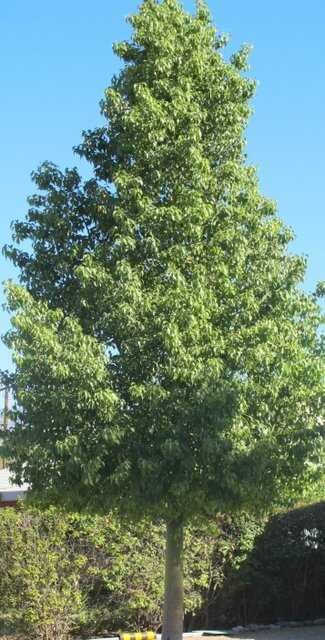
Brachychiton trees require full sun exposure to thrive. They should be planted in an area of your garden that receives at least 6 hours of direct sunlight each day. Lack of sunlight can lead to poor growth and a decrease in flower production.
Soil
These trees prefer well-draining soil. Brachychiton trees can tolerate a range of soil types, including sandy, loamy, or clay soils. However, they do not tolerate waterlogged soil, so it is important to ensure proper drainage. The soil should also be fertile and have a pH level between 6.5 and 7.5.
Watering
Brachychiton trees require regular watering, especially during dry periods. However, they do not tolerate waterlogging or overwatering. It is important to water the tree deeply, allowing the water to penetrate the root zone. Once established, these trees are relatively drought-tolerant.
Fertilizer
Brachychiton trees do not require heavy fertilization. A balanced slow-release fertilizer can be applied in early spring to provide essential nutrients. Avoid over-fertilization, as excessive nutrients can lead to poor flowering and weak growth.
Pruning
Regular pruning is not necessary for Brachychiton trees, but they can benefit from the removal of dead or damaged branches. Pruning should be done in late winter or early spring, before new growth begins.
By providing your Brachychiton tree with the ideal growing conditions, you can enjoy its beautiful flowers and unique trunk shape for years to come. Remember to always monitor the tree for signs of pests or diseases and take appropriate action if necessary.
Brachychiton: Common Pests and Diseases
As with any plant, Brachychiton is susceptible to certain pests and diseases. Here are some common issues you may encounter while caring for your Brachychiton plant:
Pests
- Aphids: These tiny insects feed on the sap of the plant, causing leaves to curl and become distorted. They can be controlled with insecticidal soap or horticultural oil.
- Scale insects: These pests appear as small bumps on the stems and leaves of the plant. They can be removed by hand or controlled with a horticultural oil spray.
- Caterpillars: These larvae of moths and butterflies may chew on the leaves of the plant. They can be manually removed or controlled with organic insecticides.
- Mealybugs: These pests are covered in a white, powdery substance and can cause leaf yellowing and stunted growth. They can be controlled with insecticidal soap or horticultural oil.
Diseases
- Root rot: Overwatering or poorly drained soil can lead to root rot, causing the roots to become brown and mushy. To prevent this, ensure the plant is planted in well-draining soil and water sparingly.
- Leaf spot: Leaf spot diseases can cause dark spots or patches on the leaves of the plant. To prevent this, avoid overhead watering and ensure good air circulation around the plant.
- Powdery mildew: Powdery mildew appears as a white, powdery coating on the leaves of the plant. It can be controlled with fungicides or by improving air circulation around the plant.
- Anthracnose: This fungal disease causes dark, sunken spots on the leaves and stems of the plant. Infected parts should be pruned and destroyed to prevent further spreading.
Regularly inspecting your Brachychiton plant for pests and signs of disease, and taking appropriate action as soon as possible, will help ensure its health and vitality.
Brachychiton: Frequently Asked Questions
1. What is Brachychiton?
Brachychiton is a genus of flowering trees native to the tropical and subtropical regions of Australia and Papua New Guinea. They are known for their unique bottle-shaped trunks and colorful flowers.
2. How do I care for Brachychiton?
Brachychiton trees are relatively low-maintenance. They prefer well-draining soil and full sun exposure. Regular watering is necessary, especially during the growing season. Pruning should be done in late winter or early spring to maintain shape and remove any dead or damaged branches.
3. What are some popular species of Brachychiton?
There are several popular species of Brachychiton, including:
- Brachychiton acerifolius – Flame Tree
- Brachychiton discolor – Lacebark Kurrajong
- Brachychiton populneus – Kurrajong
4. Can Brachychiton be grown in containers?
While Brachychiton trees prefer to be planted in the ground, smaller varieties can be grown in containers. It is important to choose a container with good drainage and provide regular watering and suitable fertilizer.
5. How long does it take for Brachychiton to flower?
The flowering time of Brachychiton trees can vary depending on the species and growing conditions. Generally, they start flowering after a few years of growth, typically between 3-5 years.
6. Are Brachychiton trees drought-tolerant?
Brachychiton trees have a natural tolerance to drought once established. However, they still require regular watering, especially during dry periods, to ensure healthy growth and optimal flowering.
7. Can Brachychiton trees tolerate frost?
Most Brachychiton species are sensitive to frost and may be damaged by freezing temperatures. It is recommended to plant them in frost-free areas or provide protection during cold weather.
8. How do I propagate Brachychiton?
Brachychiton can be propagated from seeds or through vegetative means such as cuttings or grafting. Seeds should be scarified and soaked before planting to enhance germination. Cuttings should be taken from semi-hardwood or hardwood, and rooting hormones can be used to improve success rates.
9. Are Brachychiton trees invasive?
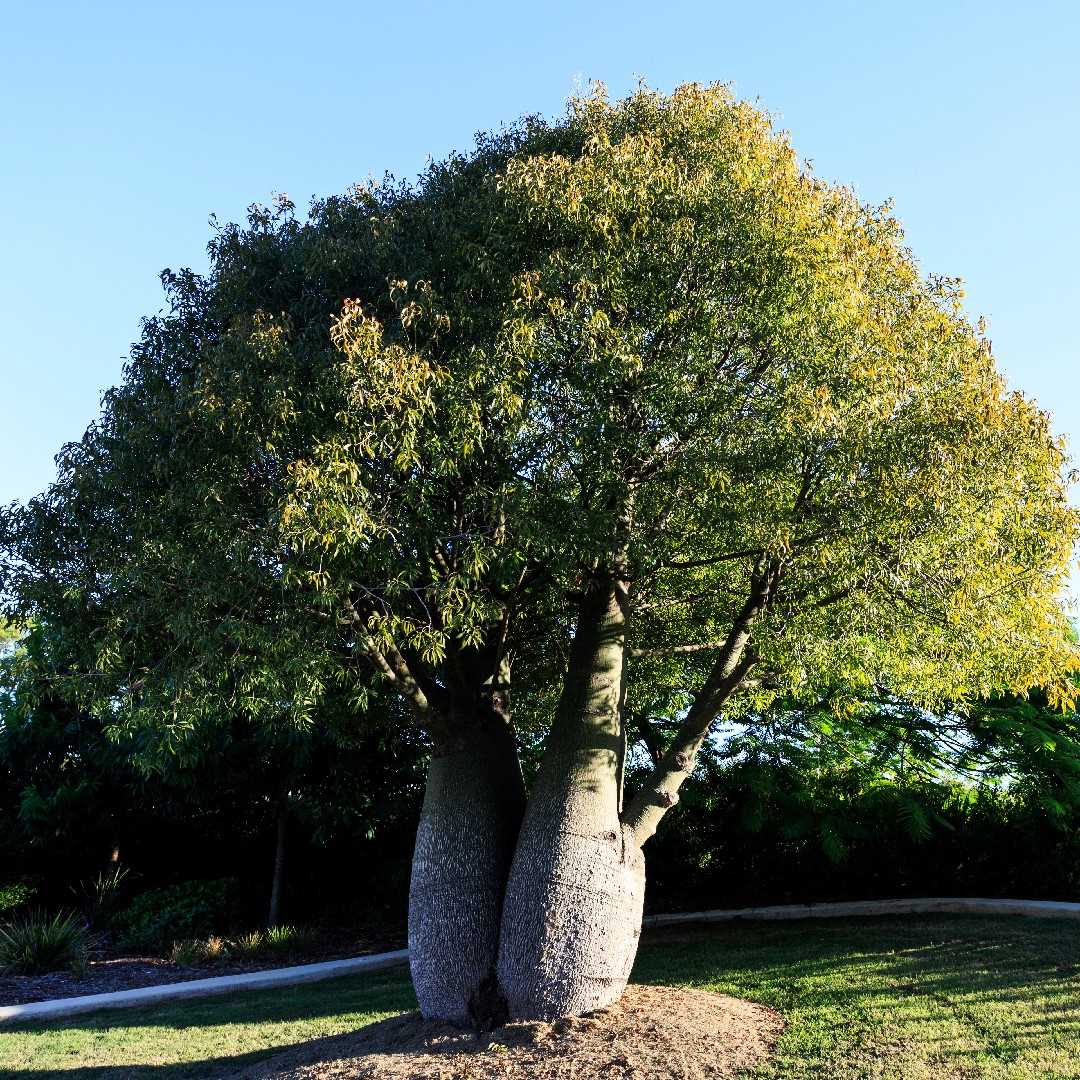
Brachychiton trees are not considered invasive in most regions. However, it is advisable to check with local authorities or gardening experts to ensure they are suitable for your specific area.
10. Can Brachychiton be pruned into hedge shapes?
While some Brachychiton species have dense foliage and can be shaped into hedges, they are not commonly used for this purpose. Their natural growth habit and unique trunk form make them more suited for specimen planting or as shade trees.
Q&A:
What is Brachychiton?
Brachychiton is a genus of trees and shrubs native to Australia.
How do I care for a Brachychiton plant?
Brachychiton plants require well-draining soil, regular watering, and occasional fertilizing. They should be placed in a sunny spot and protected from frost.
What are the different species of Brachychiton?
There are about 30 different species of Brachychiton, including Brachychiton acerifolius, Brachychiton populneus, and Brachychiton rupestris.
Can I grow Brachychiton in a container?
Yes, Brachychiton can be grown in containers as long as they are provided with enough space and proper care.
Are Brachychiton plants evergreen?
No, Brachychiton plants are deciduous, meaning they shed their leaves during certain times of the year.
How tall can a Brachychiton tree grow?
The height of a Brachychiton tree can vary depending on the species, but they can grow up to 50 feet tall.
Can I propagate Brachychiton from cuttings?
Yes, Brachychiton can be propagated from cuttings. It is best to take cuttings in spring or early summer and root them in a well-draining potting mix.
Video:
Little Kurrajong Tree – Brachychiton bidwilli Plant Australia










